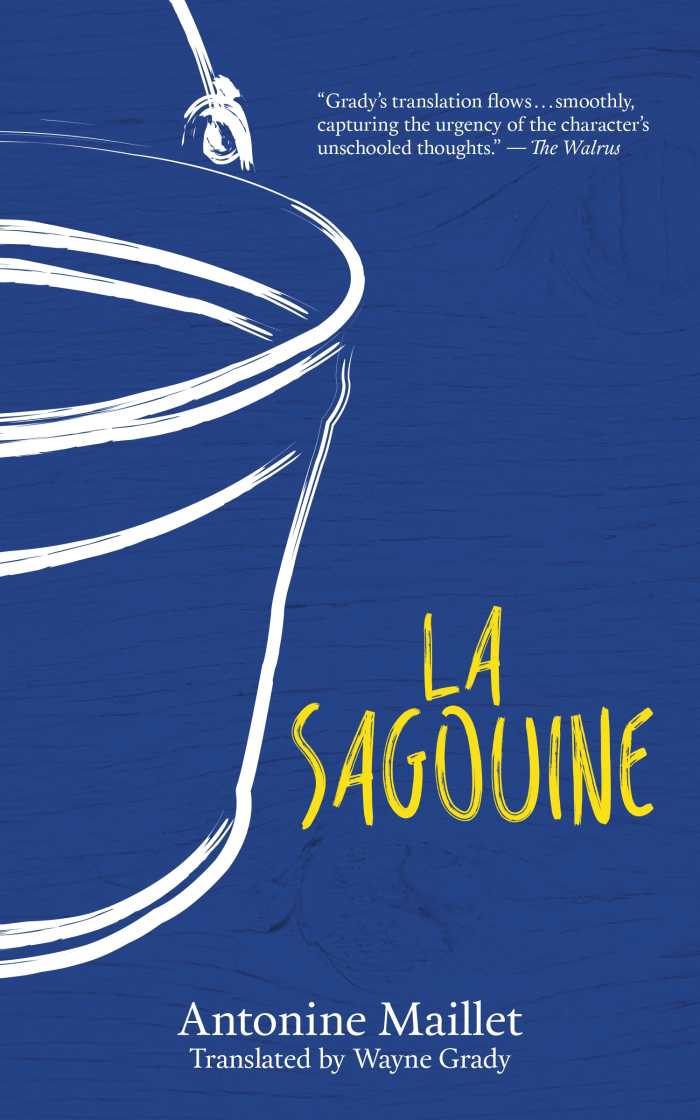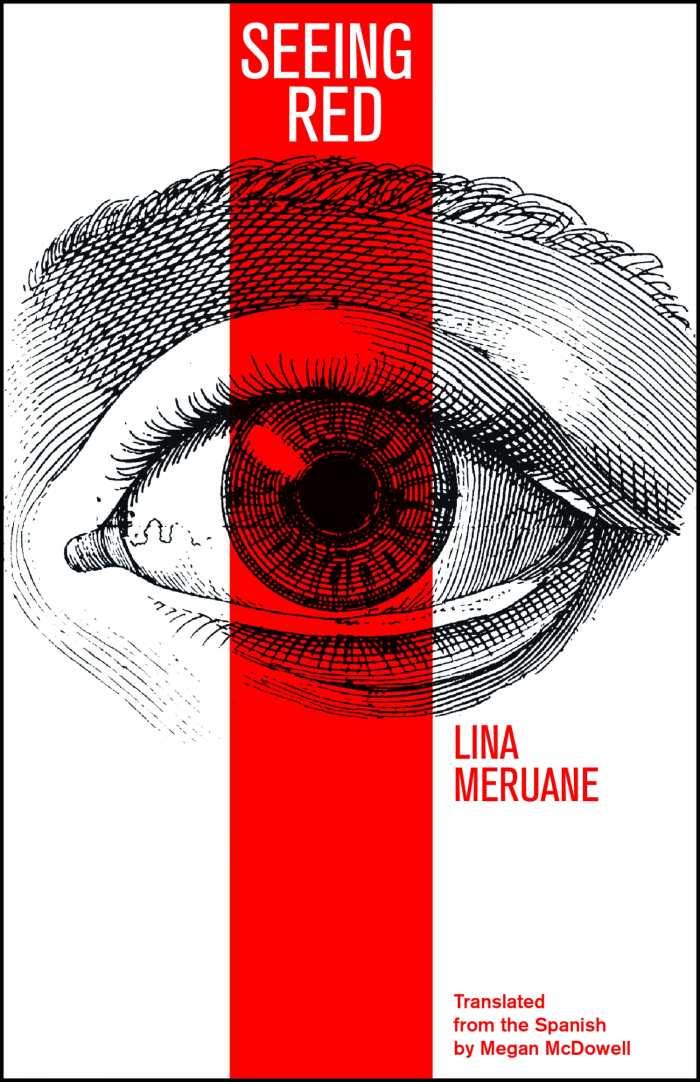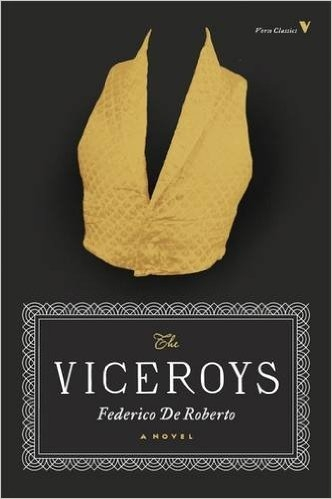Translations that Cross the Culture Gap

The biggest worry about translated books is that some of the original beauty has been lost while crossing the language barrier. The best translators can also bring nuance across the gap, the silent cultural and contextual meanings between the words. These translations featured in our Spring 2016 issue retain all the interest and allure of the originals.
Almost Everything Very Fast

Christopher Kloeble
Aaron Kerner, translator
Graywolf Press
Softcover $16.00 (320pp)
978-1-55597-729-0
Buy: Local Bookstore (Bookshop), Amazon
Subtle hints of German folklore run through this layered family saga.
Almost Everything Very Fast, German novelist Christopher Kloeble’s first book to appear in English, begins with a young man’s search to learn the identity of his mother and turns into an engrossing tale of a wayward family history. With themes of familial love, parenting, and identity, Kloeble’s dual narratives disturb and challenge beliefs about family roles and the importance of truth.
The year is 2002. Albert, a slightly pudgy but very mature nineteen-year-old whose mother is unknown to him and whose father is unable to care for him, makes his regular trip from St. Helena Orphanage to visit his developmentally disabled, brawny sixty-year-old father, Fred. Albert takes on the roles of caretaker and confidante. He also presses his father for details about his past, hoping to learn about his family roots.
From here, the narrative shifts, returning to 1912 and taking on the voice of Julius Habom, a whimsical and lascivious relative of Albert’s. Julius’s story includes sibling incest, patricide, and murder, with subtle hints of German folklore and myth.
Almost Everything Very Fast boasts a genial, ragtag cast of characters who accompany Albert, with Fred, on his journey to find his mother. Klondi, the Galoise-smoking next-door neighbor; Violet, Albert’s young, sexy lover; and Sister Alfonsa, the sardonic mother figure of Saint Helena’s, all carry their own truths and tragedies, and these add depth and texture to the novel. There is a ticking-clock element, as Fred reveals early on that he has only three months to live, creating a sense of urgency and suspense. Albert is forced to come to terms with Fred’s limitations.
The use of two narratives runs the risk of one overpowering the other, but Kloeble manages to find the balance quickly between the two equally engrossing tales. Almost Everything Very Fast is an intriguing take on parenting and the boundaries of love, overcoming familial legacies, and how unconventional relationships can fulfill the need for love just as well as the conventional.
MONICA CARTER (February 29, 2016)
La Sagouine

Antonine Maillet
Wayne Grady, translator
Goose Lane
Softcover $18.99 (142pp)
978-0-86492-868-9
Buy: Local Bookstore (Bookshop), Amazon
Humor, humility, and subtle wisdom pour from this rich translation.
Antonine Maillet (Pélagie-la-Charrette; Don l’Orignal) is perhaps best known for La Sagouine, an icon of Acadian literature, translated from the French by Wayne Grady in this new edition. In the simplest of formats, the protagonist’s voice and life story are evoked with delightful realism. La Sagouine, as she calls herself, is a singular personality.
A native of Acadie, or rural New Brunswick, La Sagouine is a cleaning woman, and former prostitute, in her 70s. In his preface, Maillet writes that she found her “down there with her mop and her rags,” telling stories. La Sagouine is a series of those monologues: “On Pews,” “On War,” “On Spring,” “On Death.” La Sagouine, who complains of water on the knees, holds forth while she scrubs floors.
She shares some gossip, some worldview, and muses on tough questions: if God made the world, who made God? And what is the true nationality of an Acadian? Along the way, almost by accident, she not only sketches her own life story, but the history of Acadia and its people, including the Expulsion to Louisiana. There is no plot to speak of here. This is, rather, a collection of reflections.
La Sagouine is a richly portrayed character, charming and indelible. Her development and inimitable voice is perhaps the finest feature of this enchanting work, but it is not the only one. Her perspective and style show an attention to detail and contribute to a nuanced tone of humor, humility, and subtle wisdom. Her spirit is sage and optimistic despite her circumstances: “It’s not having a thing that makes a person happy, it’s knowing you’re going to get it.” In the chapter “On Christmas,” La Sagouine is at her best, wondering, without a sense of irony, at the differences between rich and poor people’s experiences of the holiday.
In its disarming moments of insight and comedy, and its contribution to the singular history of Acadia, La Sagouine entertains, beguiles, and enthralls. Grady’s translation perfectly captures the distinctive voice at the heart of this story.
JULIA JENKINS (February 29, 2016)
Seeing Red

Lina Meruane
Megan McDowell, translator
Deep Vellum
Softcover $14.95 (170pp)
978-1-941920-24-4
Buy: Local Bookstore (Bookshop), Amazon
A young woman may go blind, in this novel with a bristling, staccato torrent of vivid imagery from an acclaimed Chilean author.
Seeing Red, by Lina Meruane, dramatically introduces English-language readers to the acclaimed Chilean author.
The novel is based on Meruane’s experiences with diabetes-induced blindness. The main character shares her name and is also a graduate student recently arrived in New York City. The story plunges right to the action: Lina is at a party, and ruptured blood vessels flood one eye. Soon, another stroke dims her remaining eye, and she reckons with the possibility of permanent blindness and increased dependence on others. While Lina’s eyes heal, she awaits an operation to hopefully reclaim her vision, and she describes the upheaval in her relationships with her boyfriend and parents.
The writing is jagged, sharp, and direct, serving as a counterpoint to the careful movements and stillness prescribed for our heroine. Short chapters of dense blocks of text shape the novel into a bristling, staccato torrent of vivid imagery and psychological roilings. Meruane shares the most intimate, intense details of her harrowing story through her narrative, building tension towards the climax of her surgery.
Much of this slim novel can be read in metaphorical terms. Heightened awareness of Lina’s other senses and reevaluation of her life come when her visual faculties are ebbing. There are also numerous optical analogies. Her surgeon’s irritatingly pompous secretary, Doris, “spokeswoman of terror that she was,” opines that patients bear some blame for their ocular complaints, since “the retina [is] our life record, the mirror of our unfortunate acts, a perfectly polished surface that we spend our existence ruining.”
Lina’s chronicle is simultaneously disturbing and lyrical. When she travels home and hears a fellow passenger speak with a Chilean accent, it evokes a sensual encapsulation of her native land: “the glacial poems of the mountain peaks and their snows in eternal mid-thaw, the dark whisper of the south dotted with giant rhubarbs, the wail of roadside shrines, the herb-garden smell, the rough salts of the desert, the sulphurous copper shell open to the sky.”
Translator Megan McDowell has an excellent ear for Meruane’s prose and skillfully exposes its darkly humorous veins. Seeing Red is a captivating, multilayered debut from a strong young writer. Hopefully, more translations of her work will soon follow.
RACHEL JAGARESKI (February 29, 2016)
The Viceroys

Federico De Roberto
Archibald Colquhoun, translator
Verso
Softcover $24.95 (640pp)
978-1-78478-256-6
Buy: Amazon
The Viceroys is a fascinatingly twisted and multilayered translation of a classic Italian novel.
Originally written in 1894, Federico De Roberto’s The Viceroys details the saga of the Uzedas, a noble Italian family of Spanish descent, although noble in the true sense of the word hardly applies. The Uzedas of Francalanza are established in Catania as viceroys, or royal representatives of the Spanish monarchy, in the Kingdom of the Two Sicilies. The novel begins in 1855, however, when Italian unification threatened such overblown dynasties, and the Uzedas face a dismaying future wherein revolutionaries can no longer be beaten down and every “notary thinks himself a prince.”
At over 600 pages, The Viceroys is a lengthy but engrossing read, rich with details of the time and possessing enough of a historical backdrop to help guide the plot without becoming pedantic. The Uzedas are essentially selfish, hypocritical, oblivious, or just plain mean in varying degrees, led by the greedy matriarch Donna Teresa. Donna Teresa’s funeral is The Viceroys’ pivotal opening event, but even in death, her scheming presence continues to influence the actions of the rest of her clan.
The Viceroys includes a helpful list of Uzeda family members and their spouses, but as the chapters progress, the characters become memorable enough in their own right. There’s the rotten and unholy Benedictine monk Don Blasco, the shrewdly twisted spinster Donna Ferdinanda, and long-suffering Donna Matilde and her philandering, handsome husband Don Raimondo. Raimondo was Donna Teresa’s favorite, so much so that she rearranged the fates of her other children like chess pieces to give her thankless third son more than his fair share of privilege.
Through the style of verismo, or the Italian literary version of naturalism, De Roberto depicts the general flaws of humankind, particularly humankind raised to believe in its innate superiority. Fine points such as the offerings brought to Donna Teresa’s lavish funeral service–cakes, chocolates, crystallized fruit, and bottles of wine–and the sumptuous trappings of the Uzeda manor alternate with Donna Chiara’s deformed and miscarried fetus being preserved in a glass jar. Fascinatingly twisted and multilayered, this reissue of The Viceroys is a worthwhile addition to any Italian-literature bookshelf.
MEG NOLA (February 29, 2016)
Hannah Hohman
